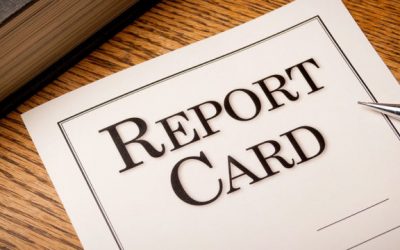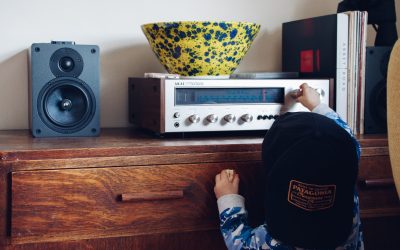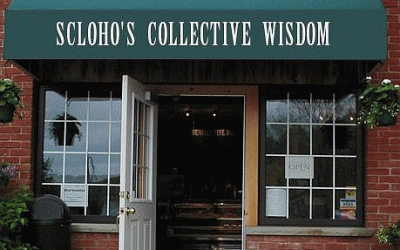What's the status of radio broadcasting as we prepare for a new year?That's a question I hear in various forms from friends, family and others who hear I work in the radio advertising business.Last month, I spoke to a marketing class at a local university...
WOWO Fort Wayne Radio Advertising with Scott Howard
Invite People with Money to Spend with You
There's an old saying that the reason bank robbers rob banks is because that's where the money is. While that may have been true in the last century, it's not true anymore. What is still true and a more honest way to make money is to invite people who have money to...
The Tradition Lives and Works
This is a ScLoHo extra report that is not included in the Genuine ScLoHo Media and Marketing Podcast series. Radio broadcasting is considered traditional media. So is TV broadcasting along with print (newspapers & magazines), and if we expand to look at...
The Talk Radio Advantage For WOWO Advertisers
Not all advertising venues are created equal. The idea of an ad is an ad is an ad is like saying a cow is a cheeseburger is a filet. Yes they are all forms of beef, but with big differences. In Fort Wayne, I've worked in the radio advertising world since 2003. I have...
Do They Like You?
I picked up a new book from Seth Godin recently and am reading it right now. Or perhaps by the time I publish this and the podcast goes live, I will have finished it. But I doubt it. My reading style is reflective when it comes to things like marketing. I should...
The TOMA Tale
Years ago, I worked for a group of radio stations that hired Wayne Ens to do research on TOMA in Fort Wayne, Indiana. TOMA is an acronym for Top Of Mind Awareness and if your business doesn't have it with your potential customers, you are living with an unfair...
The Holi-daze Marketing Thought-Starter
The Holi-daze are upon on and this is a weird and wonderful time of year. I've created a few items that you as a business person or marketing person, or what ever kind of person you are, you can take a look at and use to help you navigate the last few weeks of this...
The Good Side of On-Line Advertising
Thank goodness the political advertising season is done for awhile, now we get to see and hear holiday ads. Advertising it self is neither good or bad, but you and I know that we have seen plenty of bad ads we never want to see again. Let's set the record straight....
Are You Asking The Wrong Questions?
It happened again. I got a request from an "Operations Assistant" recently asking for information including prices for advertising with WOWO Radio. My reply was to attempt to book a meeting at their office to learn about what they wanted to do and ultimately discover...








